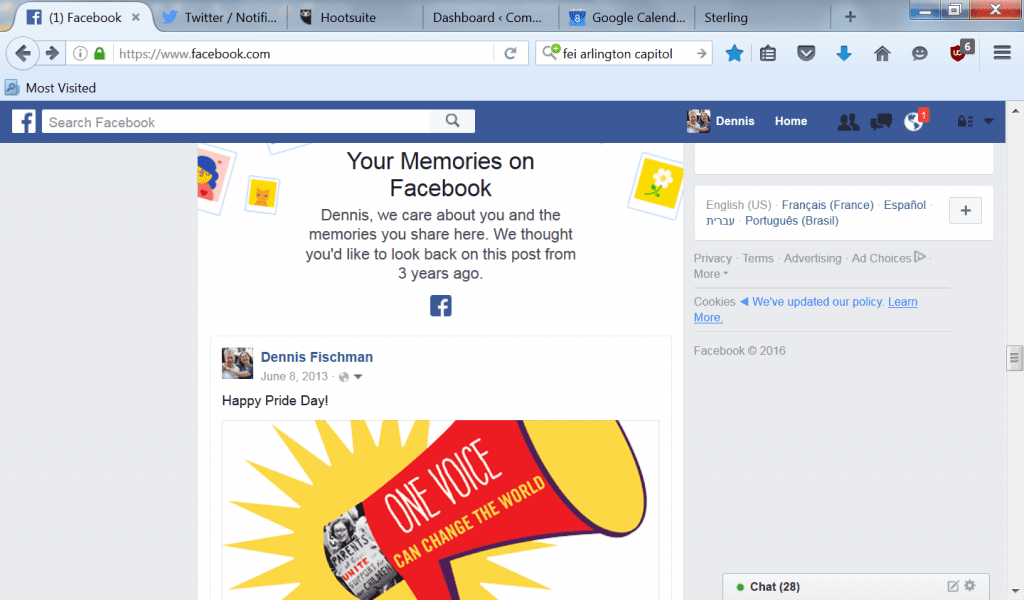Why do people give time and money to nonprofit organizations?
Most of us would like to believe it’s our noble mission that moves our supporters to act–or our high-quality programs, or our expertise in our fields.
Sorry. That’s not it.
People choose to join, volunteer, and donate to your organization because of the way it makes them feel.
For-profit businesses are well aware of this. To attract customers, they offer a specific emotional experience that makes a promise (as Pamela Wilson tells us):
- Nike promises health, vitality, speed and an active lifestyle.
- McDonalds promises quick, consistent food at a reasonable price.
- Apple promises sleek, user-friendly technology that empowers your life.
Non-profits, do your supporters know what you are promising them?
It could be the excitement of being part of a movement. It could be the pride of knowing they have saved a life. It could be inside information and analysis that makes them feel like an expert.
Whatever you are promising, make it clear to them–and always keep it at the forefront of your own mind. Ask every day: How will my product or service empower, delight, entertain, or solve a problem?
Answer that question in all your messages, and keep the promise through your actions.and your supporters will be hooked on a feeling. They’ll come back for more. And they will give to keep that feeling coming.


